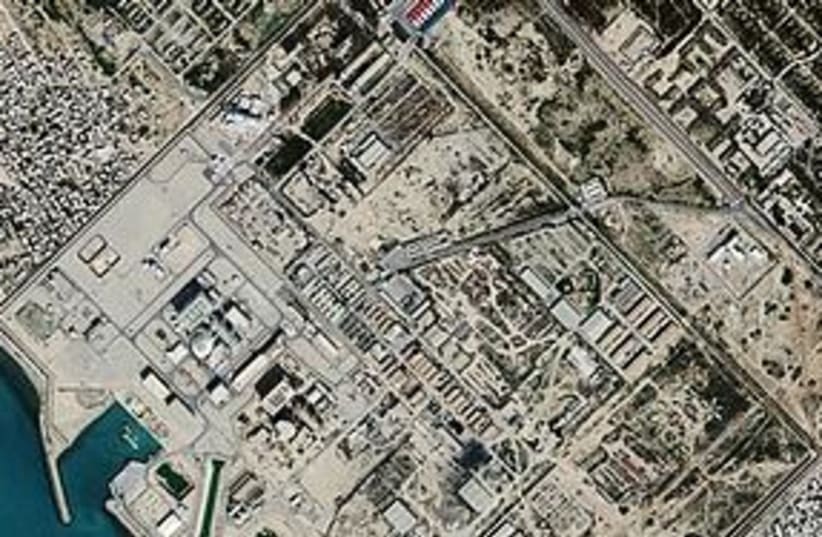RELATED:Salehi: Iran has the right to bar UN nuclear inspectorsUN nuke agency: Iran is hampering our monitors"This is controlled, run and operated... by the ministry of defense," said Alireza Jafarzadeh, former media spokesman for the National Council of Resistance of Iran (NCRI) at a press conference in Washington DC.The PMOI, the main organization in the NCRI, has been officially recognized as a foreign terror organization by the US, however in July, a judge ruled that the group should be removed from the foreign terror list.Until now, Iran has spent 100 million dollars on the project, said Soona Samsami, former US representative for the NCRI. He said that around 85 percent of construction of the site has been completed.Samsami and Jafarzadeh presented satellite photographs of the alleged uranium enrichment location which they say supports information received from sources "inside the Iranian regime." The two presented what they said were four entrances and a tunnel to the site.On top of the tunnel, a mountain peak stands at a height of 100 meters. Nuclear experts said a height of 80 meters is needed to block detection through radioactive emissions, explained Jafarzadeh. The site is protected from aerial bombardment due to the mountain's location, he added.The tunnel, with dimensions of eight meters at the width and 200 meters in length, goes deep underground to three large halls which were designed to hold centrifuge cascades, utilized in the process of uranium enrichment, Jafarzadeh said.When construction of the facility began, Iran had denied any nuclear activities, said the opposition members.The data revealed about the Behjatabad-Abyek site was shared with the US government, US Congress and the UN's International Atomic Energy Agency.The three declined to comment on the incident.
Report: Iranian uranium enrichment site revealed
Building began in 2005, 85% completed; site buried in mountains to prevent detection, air strikes; meant to house centrifuge cascades.

RELATED:Salehi: Iran has the right to bar UN nuclear inspectorsUN nuke agency: Iran is hampering our monitors"This is controlled, run and operated... by the ministry of defense," said Alireza Jafarzadeh, former media spokesman for the National Council of Resistance of Iran (NCRI) at a press conference in Washington DC.The PMOI, the main organization in the NCRI, has been officially recognized as a foreign terror organization by the US, however in July, a judge ruled that the group should be removed from the foreign terror list.Until now, Iran has spent 100 million dollars on the project, said Soona Samsami, former US representative for the NCRI. He said that around 85 percent of construction of the site has been completed.Samsami and Jafarzadeh presented satellite photographs of the alleged uranium enrichment location which they say supports information received from sources "inside the Iranian regime." The two presented what they said were four entrances and a tunnel to the site.On top of the tunnel, a mountain peak stands at a height of 100 meters. Nuclear experts said a height of 80 meters is needed to block detection through radioactive emissions, explained Jafarzadeh. The site is protected from aerial bombardment due to the mountain's location, he added.The tunnel, with dimensions of eight meters at the width and 200 meters in length, goes deep underground to three large halls which were designed to hold centrifuge cascades, utilized in the process of uranium enrichment, Jafarzadeh said.When construction of the facility began, Iran had denied any nuclear activities, said the opposition members.The data revealed about the Behjatabad-Abyek site was shared with the US government, US Congress and the UN's International Atomic Energy Agency.The three declined to comment on the incident.